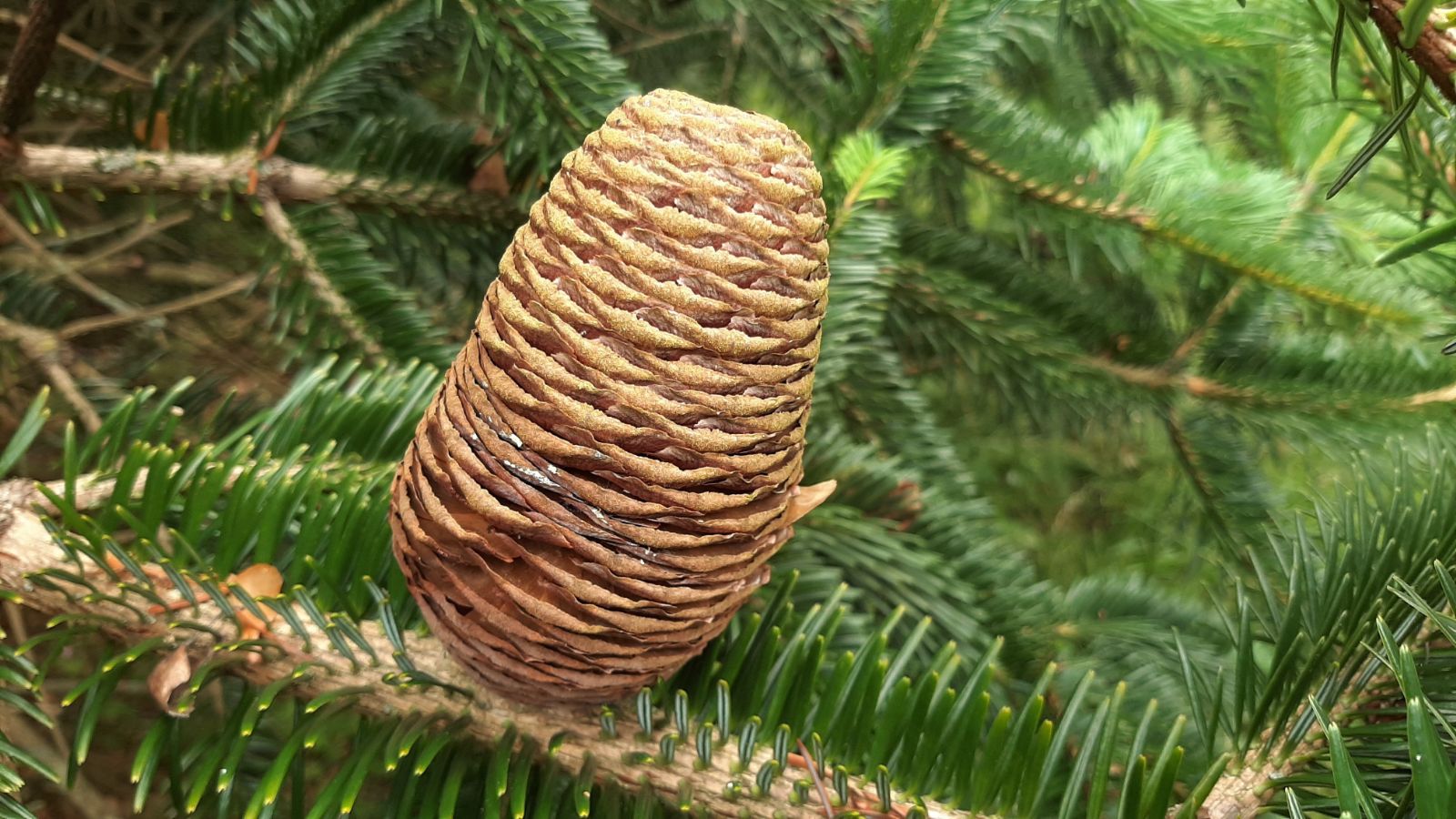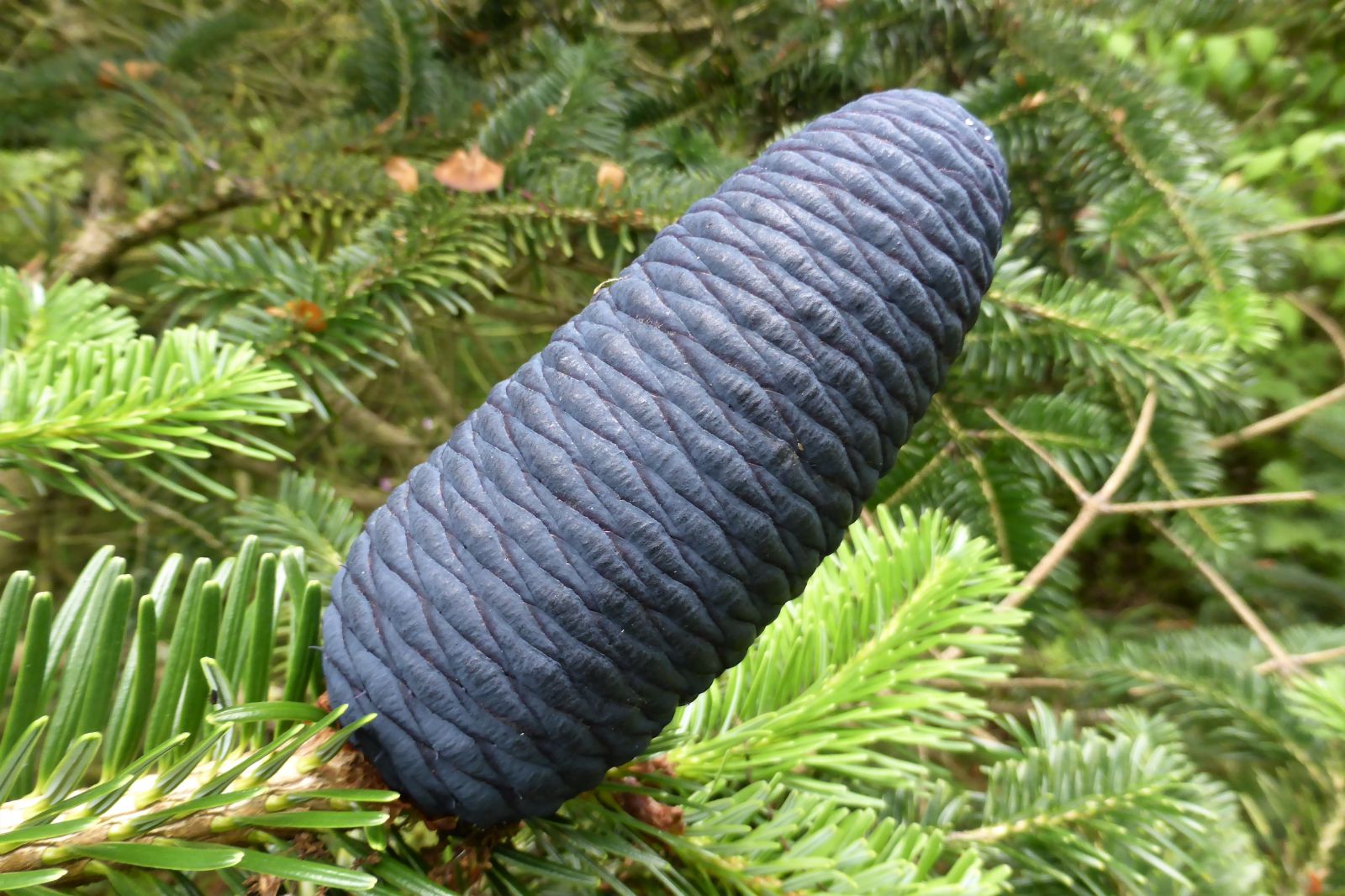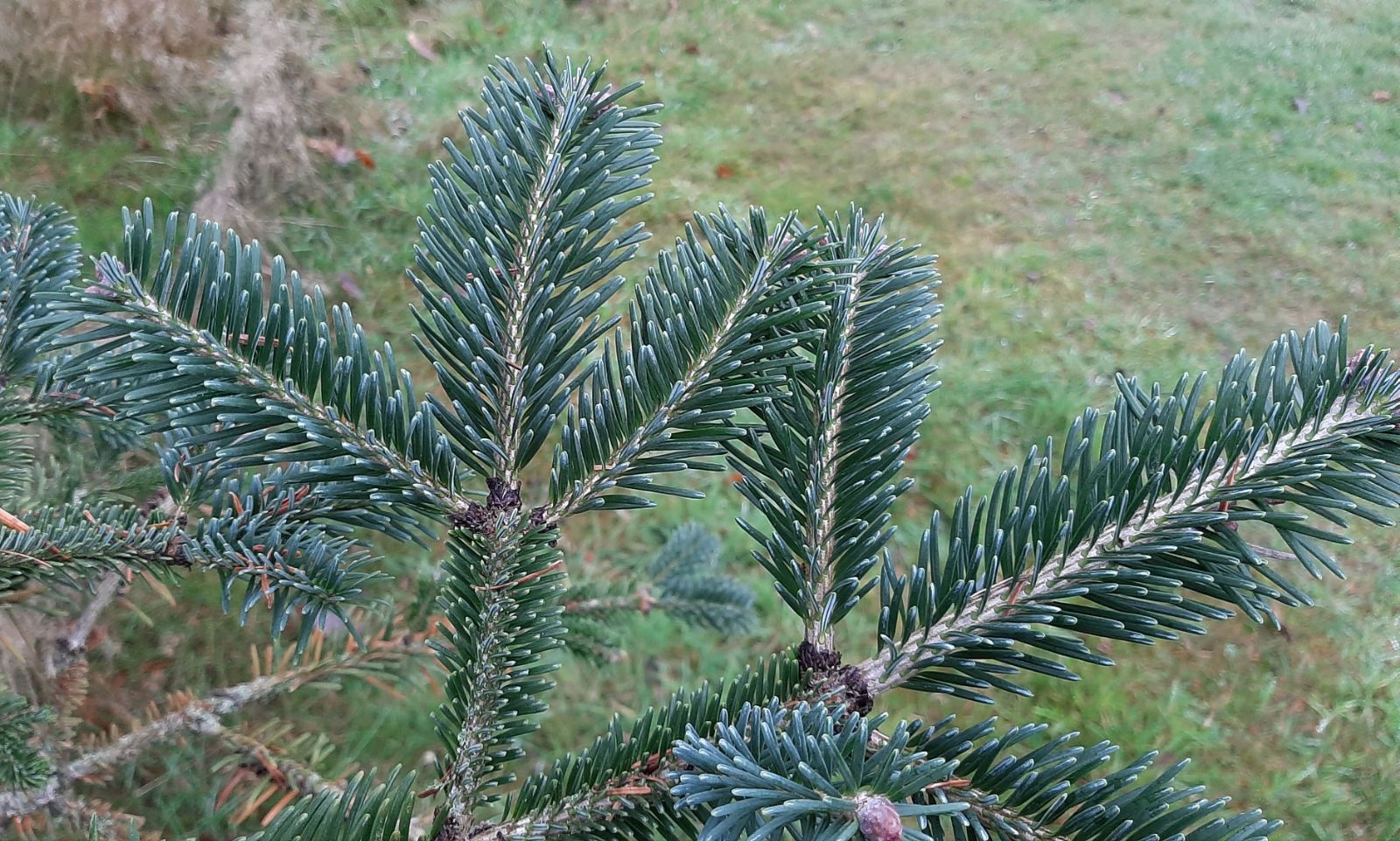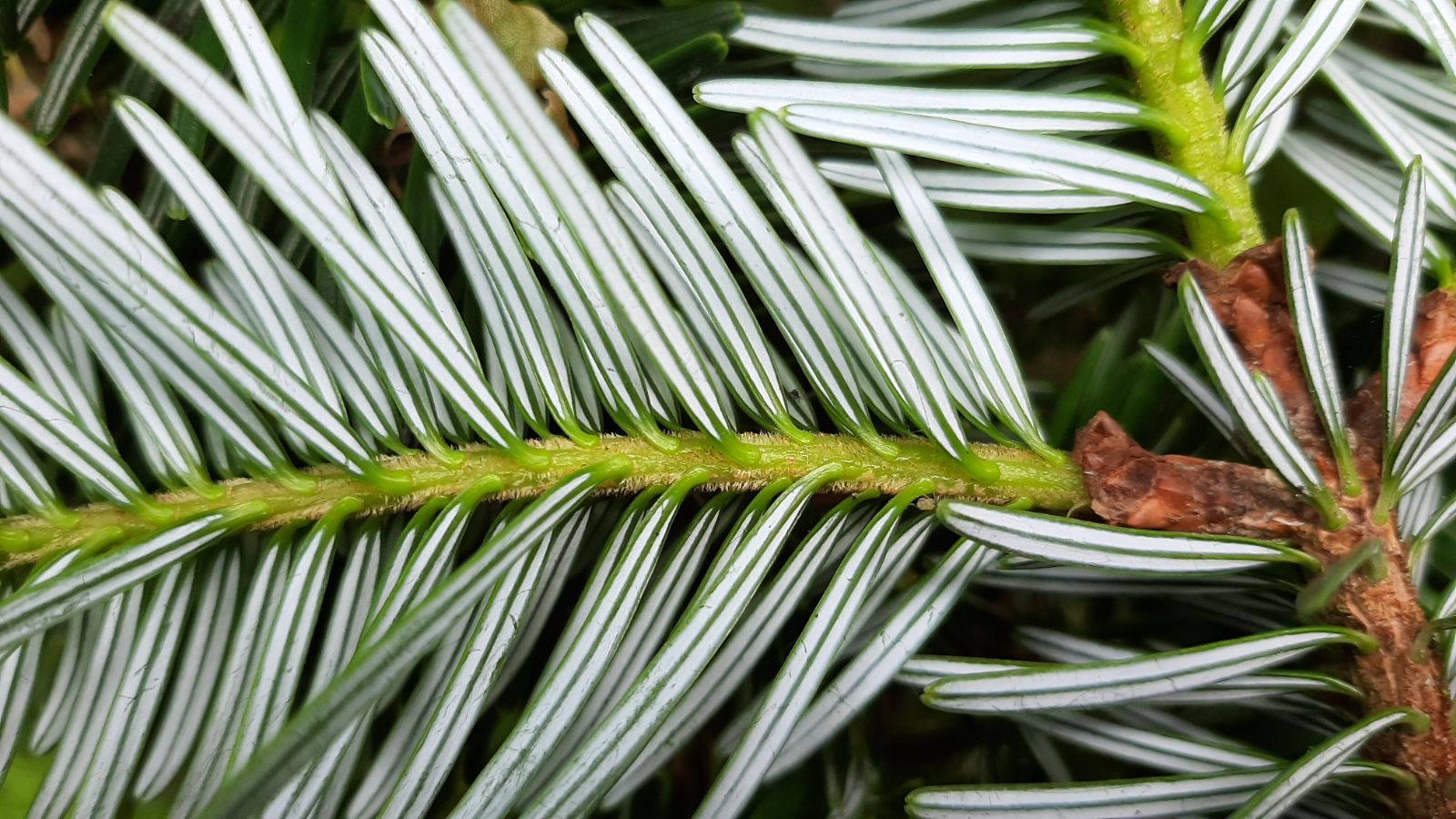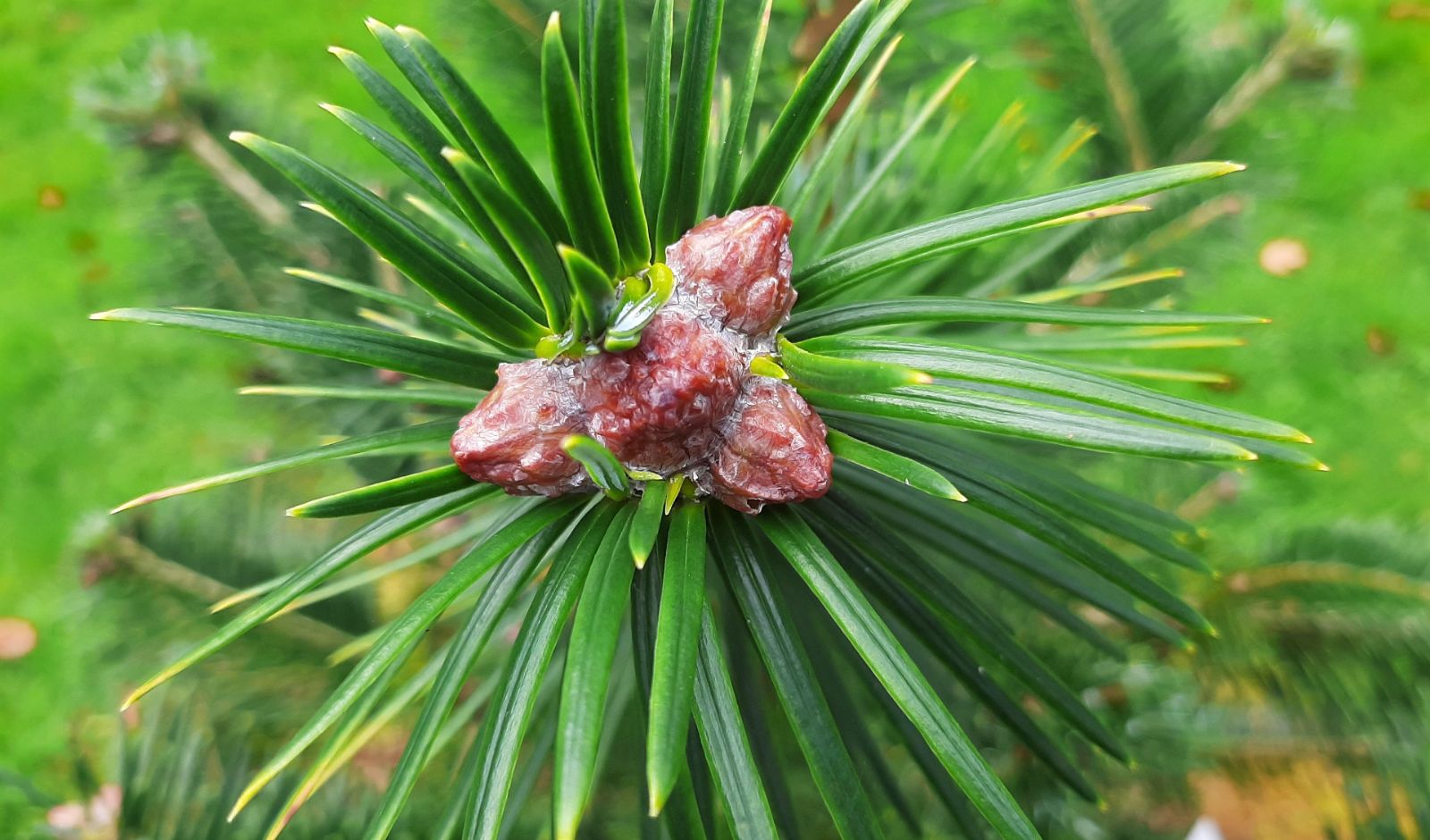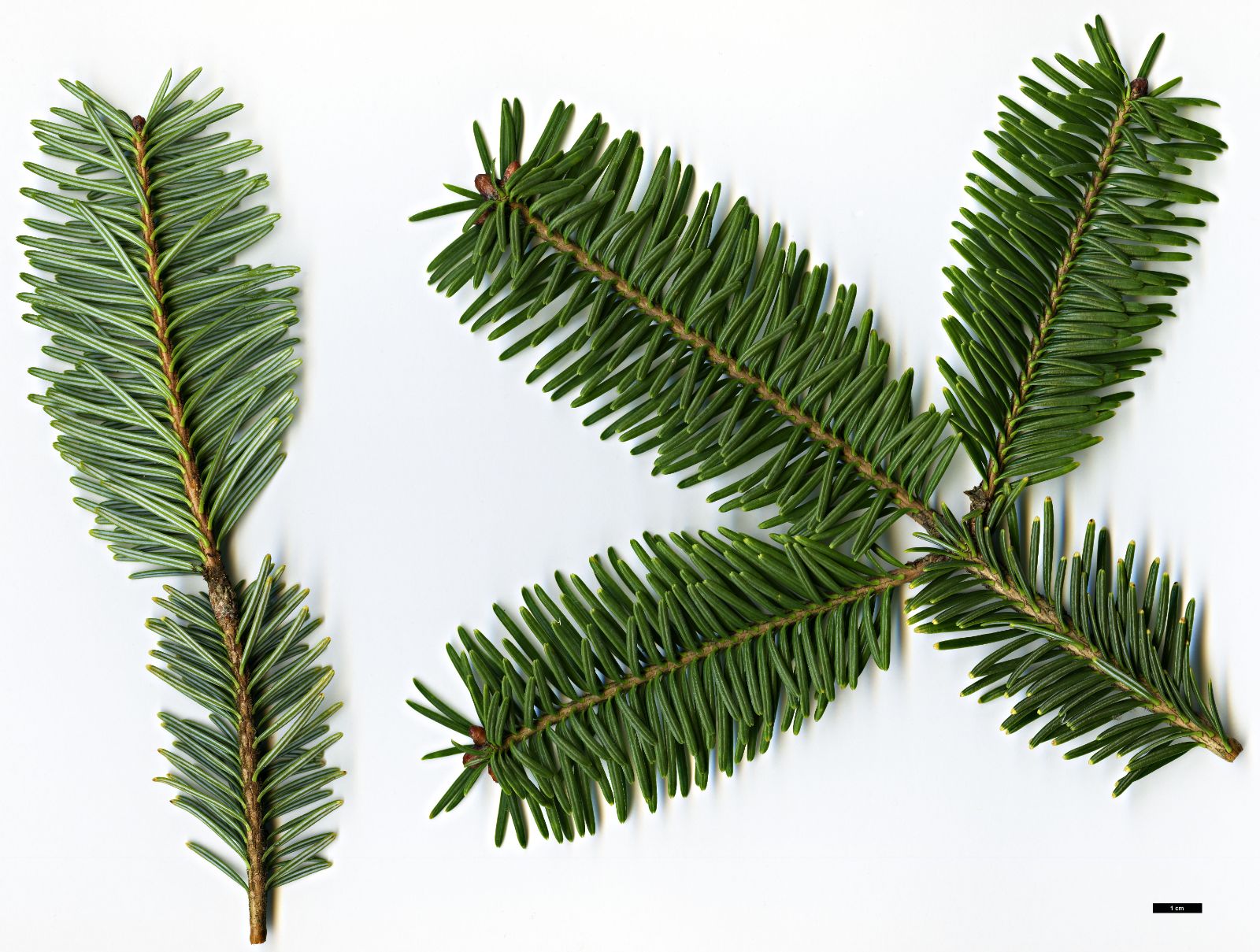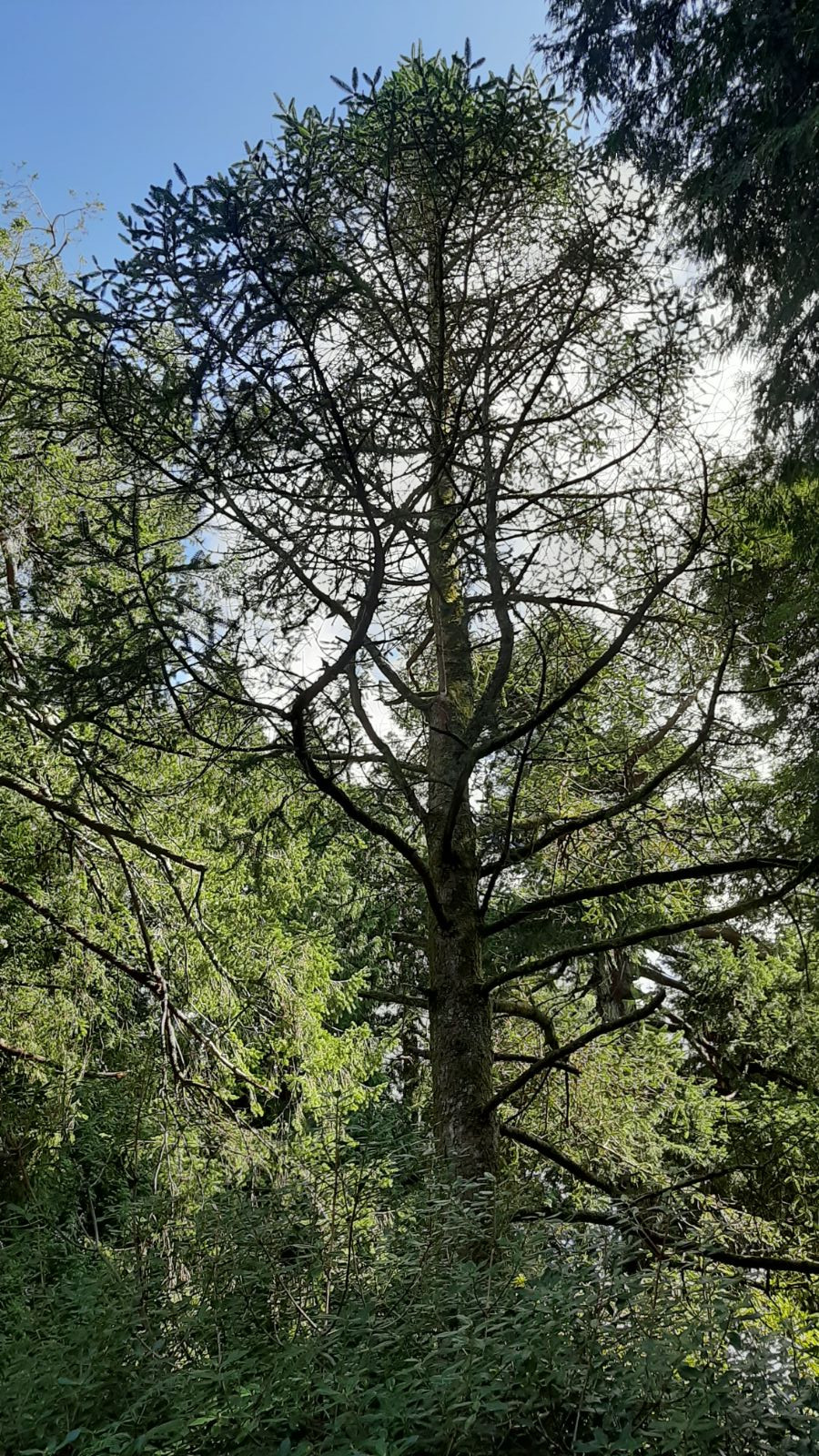Abies spectabilis
Sponsor
Kindly sponsored by
Sir Henry Angest
Credits
Tom Christian (2021)
Recommended citation
Christian, T. (2021), 'Abies spectabilis' from the website Trees and Shrubs Online (treesandshrubsonline.
Genus
Common Names
- Webb Fir
- Himalayan Fir
Synonyms
- Abies spectabilis var. brevifolia (A. Henry) Rehd.
- Abies webbiana (Wall. ex D. Don) Lindl.
Other taxa in genus
- Abies alba
- Abies amabilis
- Abies × arnoldiana
- Abies balsamea
- Abies beshanzuensis
- Abies borisii-regis
- Abies bracteata
- Abies cephalonica
- Abies × chengii
- Abies chensiensis
- Abies cilicica
- Abies colimensis
- Abies concolor
- Abies delavayi
- Abies densa
- Abies durangensis
- Abies ernestii
- Abies fabri
- Abies fanjingshanensis
- Abies fansipanensis
- Abies fargesii
- Abies ferreana
- Abies firma
- Abies flinckii
- Abies fordei
- Abies forrestii
- Abies forrestii agg. × homolepis
- Abies fraseri
- Abies gamblei
- Abies georgei
- Abies gracilis
- Abies grandis
- Abies guatemalensis
- Abies hickelii
- Abies holophylla
- Abies homolepis
- Abies in Mexico and Mesoamerica
- Abies in the Sino-Himalaya
- Abies × insignis
- Abies kawakamii
- Abies koreana
- Abies koreana Hybrids
- Abies lasiocarpa
- Abies magnifica
- Abies mariesii
- Abies nebrodensis
- Abies nephrolepis
- Abies nordmanniana
- Abies nukiangensis
- Abies numidica
- Abies pindrow
- Abies pinsapo
- Abies procera
- Abies recurvata
- Abies religiosa
- Abies sachalinensis
- Abies salouenensis
- Abies sibirica
- Abies squamata
- Abies × umbellata
- Abies veitchii
- Abies vejarii
- Abies × vilmorinii
- Abies yuanbaoshanensis
- Abies ziyuanensis
Tree 40–50 m tall, 1.5–2.5 m dbh. Crown broadly pyramidal or columnar, becoming irregular and flat-topped in mature trees. Bark smooth, grey or pinkish-grey in young trees, becoming furrowed and breaking into thick irregular plates in older trees and detaching in small pieces; freshly exposed bark cinnamon-brown. First order branches thick, spreading, assurgent at first, horizontal with age, finally downcurved; second order branches assurgent or horizontal. Branchlets firm, assurgent, leading shoots conspicuously thicker than side shoots, yellowish-brown, becoming grey with age; conspicuously grooved with a dense brownish pubescence in grooves (vigorous leading shoots often glabrous). Vegetative buds ovoid or subglobose, to 10 × 8 mm on leading shoots, resinous; bud scales keeled. Leaves pectinately arranged, parted above and below the shoot by a wide ‘V’, 2.5–6 cm long, 2.2–3.5 mm wide, base twisted, margins often weakly recurved, apex emarginate or bifid (strongly bifid on shaded shoots); glossy dark green with a prominent central groove above, whitish beneath with two broad stomatal bands, midrib and margin undersides glaucous green. Pollen cones crowded, 3–4 cm long, yellow with purplish-blue microsporophylls. Seed cones subsessile, broad-cylindrical, apex truncate or obtuse, (8–)10–17 × 4–7 cm, purplish-blue when immature, dark purplish-brown when ripe; seed scales flabellate-cuneate, 1.5–2.5 × 3–3.5 cm at mid-cone; bract scales spathulate, 1.5–2 cm long with a small cusp, usually included or slightly exserted near base of cone at maturity. (Farjon 2017; Debreczy & Rácz 2011).
Distribution Afghanistan (? Hindu Kush) China W Xizang (Tibet) India Kashmir Himalaya Nepal Central and Western Regions Pakistan (? Karakoram)
Habitat In mountains from 1600–4000 m asl, most commonly from c. 2600–3800 m asl on north or east facing slopes, sometimes in pure stands but usually associating with Picea smithiana, Pinus wallichiana, and Juniperus wallichiana. At lower elevations it often associates with broadleaves including Aesculus indica, and Acer, Rhododendron and Quercus spp. At higher elevations it gives way to such species as Abies gamblei, Betula utilis, Juniperus squamata and Rhododendron campanulatum. The climate is cool monsoon, with high precipitation including abundant winter snowfall. In the extreme west of its range the climate becomes drier and colder.
RHS Hardiness Rating H5
Conservation status Near threatened (NT)
Abies spectabilis may have been the first of the Sino-Himalayan Firs to be introduced to the west; it was certainly the first to be described to science. It was published in 1825 based on material collected in Uttar Pradesh by one Captain Webb (Farjon 2017) but its introduction preceded its formal publication by several years. Elwes and Henry note that ‘Seeds were repeatedly sent to England by Dr. Wallich…but none appear to have germinated till 1822, when some plants were raised in the Fulham nursery’ (Elwes & Henry 1906–1913, p. 753).
Nowadays we know that A. spectabilis is one of several firs distributed along the Himalayas. The well known and well established species are, from west to east, A. pindrow, A. spectabilis, and A. densa. Each has an area of discreet distribution where it is the only indigenous fir, but A. spectabilis overlaps with both to some extent (Farjon 2017). Where it overlaps with A. pindrow it generally occurs at higher elevations, and in their typical forms the two are amply distinct from one another: A. pindrow has more or less smooth, glabrous shoots which mature whitish-grey, and slender needles which are flexible and directed forwards and downwards; A. spectabilis has stouter, yellowish shoots with prominent grooves, and at least within these there is a dense pale-brown pubescence that persists for several years, furthermore the needles are broader, thicker, more rigid, less forward, and more widespread either side of the shoots (Farjon 2017). Confusion with A. densa is far more likely and abounds in historic accounts of both, not least because of their overlapping distribution in eastern Nepal. In reading Elwes & Henry’s account of A. spectabilis (under the old name A. webbiana) it quickly becomes clear they are discussing both species; they observe that ‘most of the trees now growing in England were probably raised from seed collected by Sir J.D. Hooker in Sikkim’ (Elwes & Henry 1906–1913) which would make them A. densa, but the first specimen they discuss, a tree at Howick Hall in Northumberland, may be the same as one referred to by Mitchell (1996) ‘in the pinetum in a dell towards the sea’ which is genuine A. spectabilis (pers. obs. 2020). Points of distinction between A. densa and A. spectabilis are given in further detail in the A. densa article.
There is additional confusion to untangle to the west, where the situation is further complicated by the presence of another species, A. gamblei, and by short-leaved forms of both A. spectabilis and A. pindrow. As both these species approach their altitudinal limits short-leaved forms may be found. The same is true of most firs, indeed of most conifers, and while it is rare that this adaptation attracts taxonomic proliferation, in the case of these two species the names A. pindrow var. brevifolia, A. pindrow var. intermedia, and A. spectabilis var. brevifolia have all been described to cover short-leaved forms, and these have added to the confusion (Farjon 2001). (More confusing still is that the variety intermedia has occasionally been applied to A. spectabilis in literature, but no such combination has ever been validly published). Here we follow both Farjon (2017) and Debreczy and Rácz (2011) in recognising these forms as part of the natural variation of each species, but we also follow the latter authors in recognising A. gamblei, and discuss reasons for doing so in that article.
A. gamblei can quickly be distinguished from A. spectabilis (regardless of leaf length) by the same shoot characters that separate A. spectabilis from A. pindrow. Nevertheless, recognising A. gamblei does compound uncertainties around historic introductions. In the early 19th century Wallich and others would have obtained seed from multiple sources and from multiple regions, and confusion with A. gamblei in north-west India cannot be ruled out, although very few old trees are known to survive that fit that species, and of those that do none are of traceable origin (see A. gamblei for further discussion).
Like all the other Himalayan firs, A. spectabilis is generally a species for the cooler and wetter collections of maritime regions. It was introduced to North America during the 1850s (Jacobson 1996) but, unsurprisingly, it was found to be ill-suited to the climate of the eastern states. Warren & Johnson (1988) make no mention of it in their survey of species in the Arnold Arboretum, and whilst it might be expected to be a more viable prospect in the Pacific North West, records from here are scant, as they are from continental European collections. There is a sole record from the Arboretum Wespelaar (Arboretum Wespelaar 2020) and several trees are reported from the Hørsholm Arboretum in Denmark, raised from seed gathered in Nepal (University of Copenhagen 2020).
Only in the UK and Ireland does it seem to be comparatively widely grown, where it is most comfortable in northern and western regions of Britain, and across the island of Ireland. Properly sited it might get away in the south east of England, and even make a handsome tree here for a while, but before long it will begin to wither under the repeated stress of excessive summer heat. Alan Mitchell seems not to have been a keen fan, faulting Himalayan Fir’s often sparse inner crown which he felt gave them a ‘gaunt’ appearance (Mitchell 1996), but another observer might consider this to be one of their charms, creating quite a different aesthetic from that which we are used to in more densely-branched species. Architecture and whims aside, it is the luxuriant foliage which is the chief attraction, and here one can only agree with Mitchell’s observation, that it seems a shame that a species endowed with such especially beautiful foliage should be in any way unreliable in other aspects. Himalayan Firs may be shown off to best effect by regularly removing the dead wood, even on relatively young trees. Older examples are scattered through collections in the UK and Ireland, including the old tree at Howick, 15.5 m × 0.76 m dbh in 1891 (Elwes & Henry 1906–1913), ‘[26.5 m × 0.97 m dbh] in 1978 and growing very slowly’ (Mitchell 1996). Other mature examples may be seen at Powerscourt and Kilmacurragh in Ireland (33 m and 22 m tall respectively (Tree Register 2020)) and a remarkable example of the short-leaved high-altitude form grows in the abandoned pinetum at the head of Loch Tay in Perthshire, Scotland, 38 m × 0.97 m dbh in 2015 (monumentaltrees.com).
Several introductions, mostly made from Nepal over the past c. 40 years, have been relatively widely distributed. Several participants on the 1981 IDS tour to Nepal collected what they thought was A. densa at Milke Danda, but this is A. spectabilis (pers. obs.). It is represented in many collections, for example at the Howick Arboretum and at Benmore Botanic Garden, as well as in multiple private gardens. Carol Gurney introduced the species from the Shey Phoksundo National Park in western Nepal in 2003, a collection again represented in multiple gardens. Other verified gatherings include Schilling 2342, McBeath 2230, Stainton, Sykes & Williams (SSW) 9005, and EMAK 1079.

